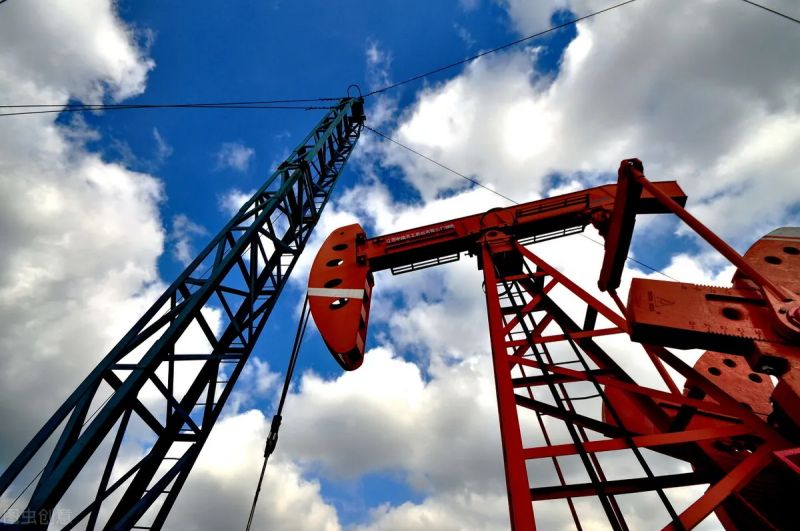There are three main methods to check the balance of pumping units: observation method, time measurement method and current intensity measurement method.
1.Method of observation
When the pumping unit is working, directly observe the start, operation and stop of the pumping unit with eyes to judge whether the pumping unit is balanced. When pumping unit is balanced:
(1) The motor has no “whooping” sound, the pumping unit is easy to start, and there is no strange cry.
(2) When the crank stops the pumping unit at any corner, the crank can be stopped in the original position or the crank can slide forward at a small Angle to stop. Balance bias: the donkey’s head movement is fast and slow, and when it stops pumping, the crank stops at the bottom after swinging, and the donkey’s head stops at the top dead point. The balance is light: the donkey’s head movement is fast and slow, and when it stops pumping, the crank stops at the top after swinging, and the donkey’s head stops at the dead point.
2. Timing method
The timing method is to measure the time of up and down strokes with a stopwatch when the pumping unit is running.
If the time of the donkey’s head stroke is t up and the time of the down stroke is t down.
When t up =t down, it means that the pumping unit is balanced.
When t up > t down, the balance is light;
If t is up < t is down, the balance is biased. 3. Measuring current intensity method The current intensity measurement method is to measure the current intensity output by the motor in the up and down stroke with a clamp ammeter, and judge the balance of the pumping unit by comparing the peak value of the current intensity in the up and down stroke. When I up =I down, the pumping unit is balanced; If I up > I down, the balance is too light (underbalance).
If I is up < I is down, the balance is too heavy.
Balance rate: percentage of the ratio of the peak current intensity of the lower stroke to the peak current intensity of the upper stroke.
Balance adjustment method of pumping unit
(1) When the adjustment balance of the beam balance is light: the balance block should be added at the end of the beam; When the balance is heavy: the balance block at the end of the beam should be reduced.
(2)Adjustment of crank balance When the balance is light: increase the balance radius and adjust the balance block in the direction away from the crank shaft; When the balance is too heavy: reduce the balance radius and adjust the balance block in the direction closer to the crank shaft.
Post time: Nov-24-2023









 Room 703 Building B, Greenland center, Hi-tech development zone Xi’an, China
Room 703 Building B, Greenland center, Hi-tech development zone Xi’an, China
 86-13609153141
86-13609153141


